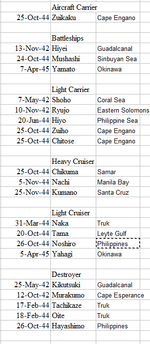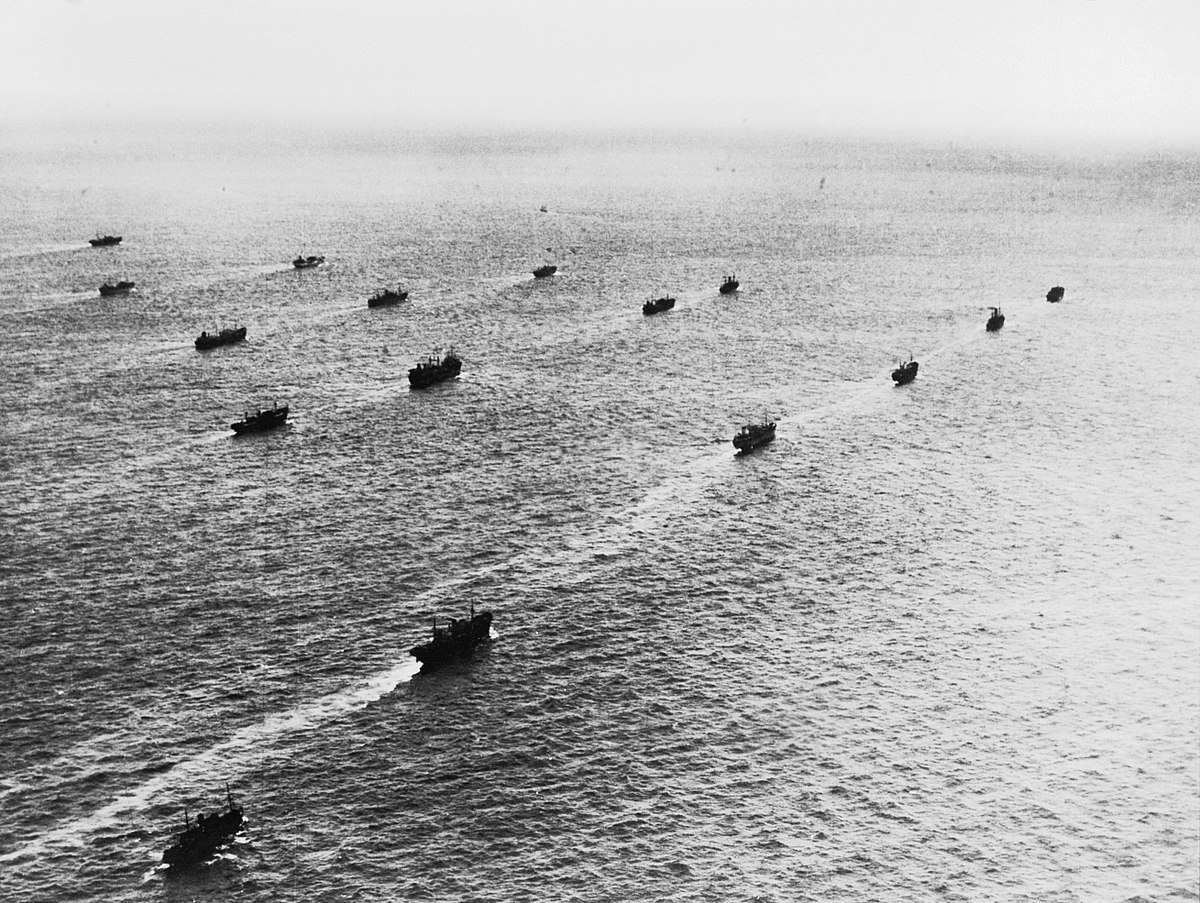Admiral Beez
Major
Indeed. I don't think British aerial torpedoes ever sank anything larger than a destroyer at sea. Yes, they scored important torpedo hits, such as those on the battleships Bismarck and Vittorio Veneto, cruisers Lützow, Pola and Trento (later scuttled), but the British had nothing like the success against heavy warships the Japanese managed with aerial dropped torpedoes. Had it not been neglected, RAF Coastal Command might have been the dominant aerial torpedo arm in 1939-40.It's not that slim a record. It's an impressive list of warships attacked and even sunk, It's a better record if you compare it with the RAF and FAA record, surely?
Last edited:



